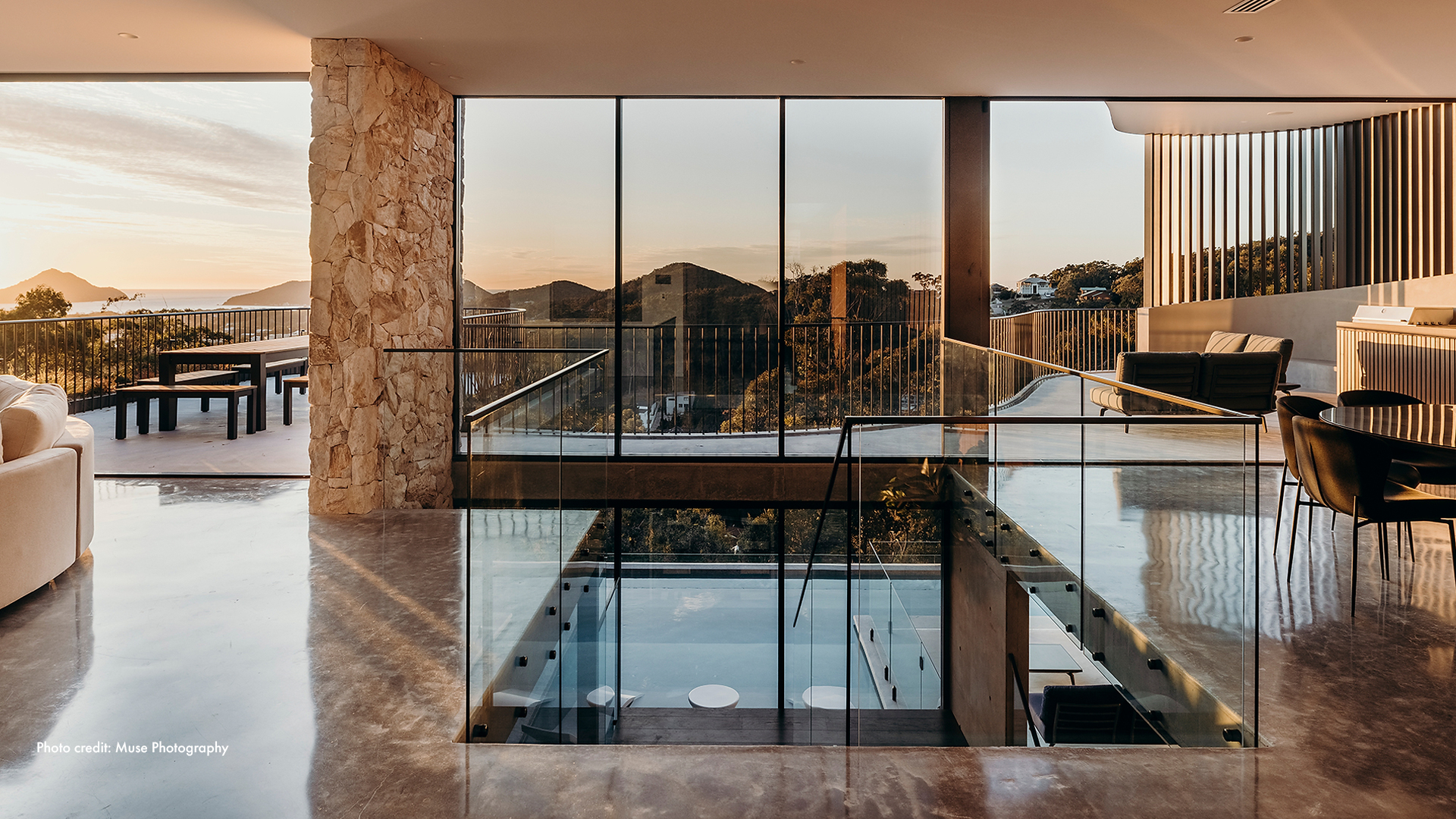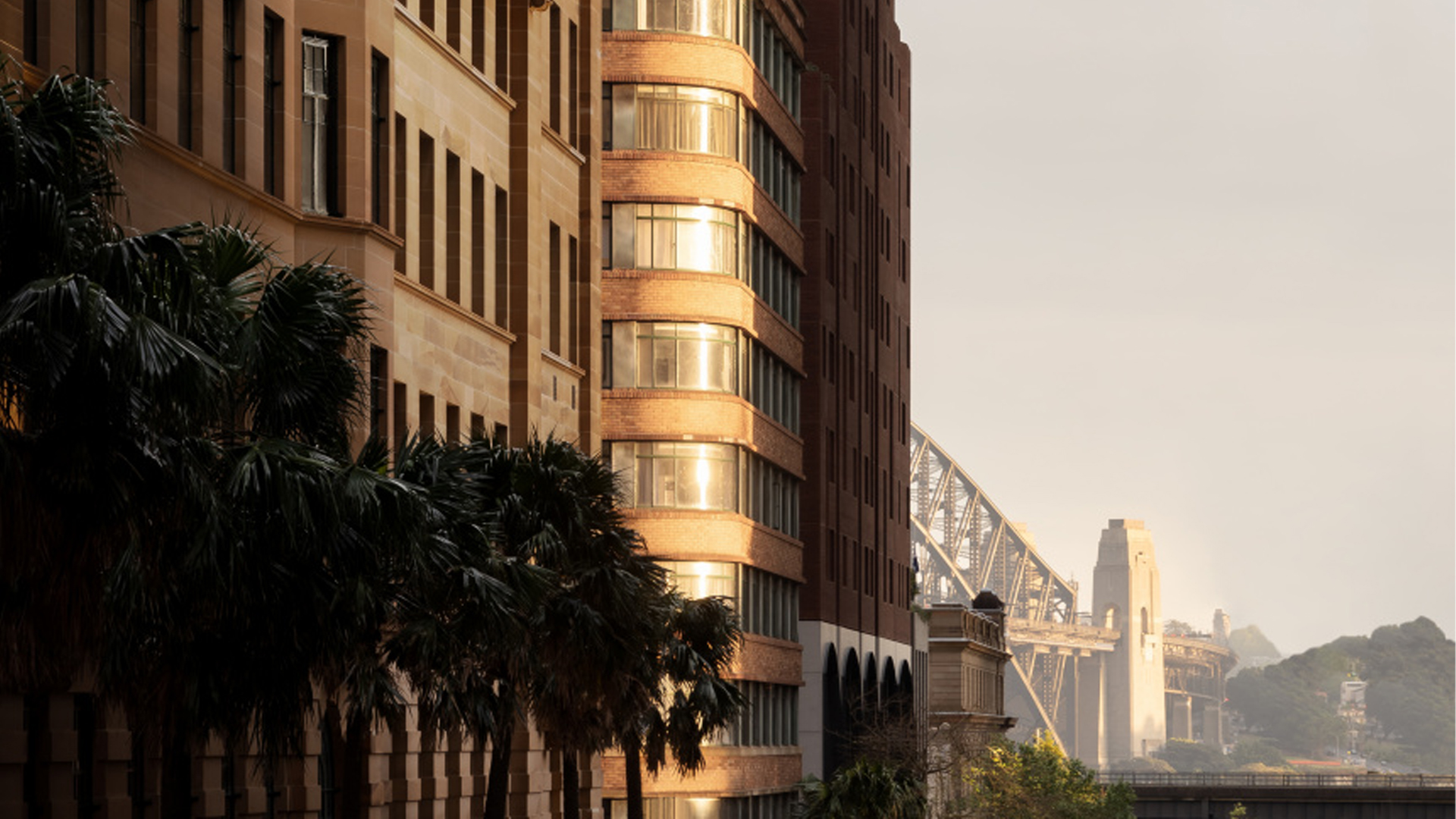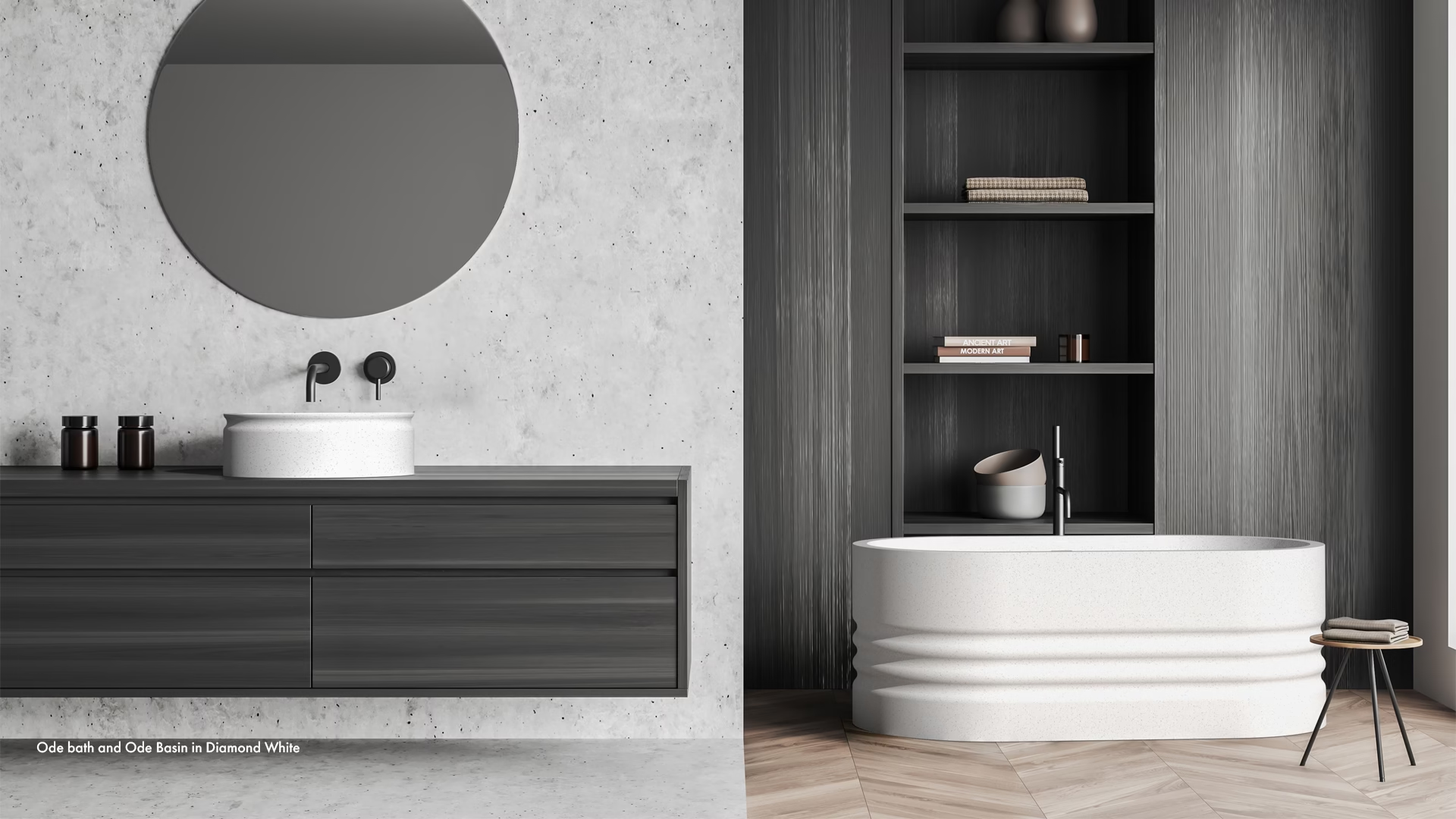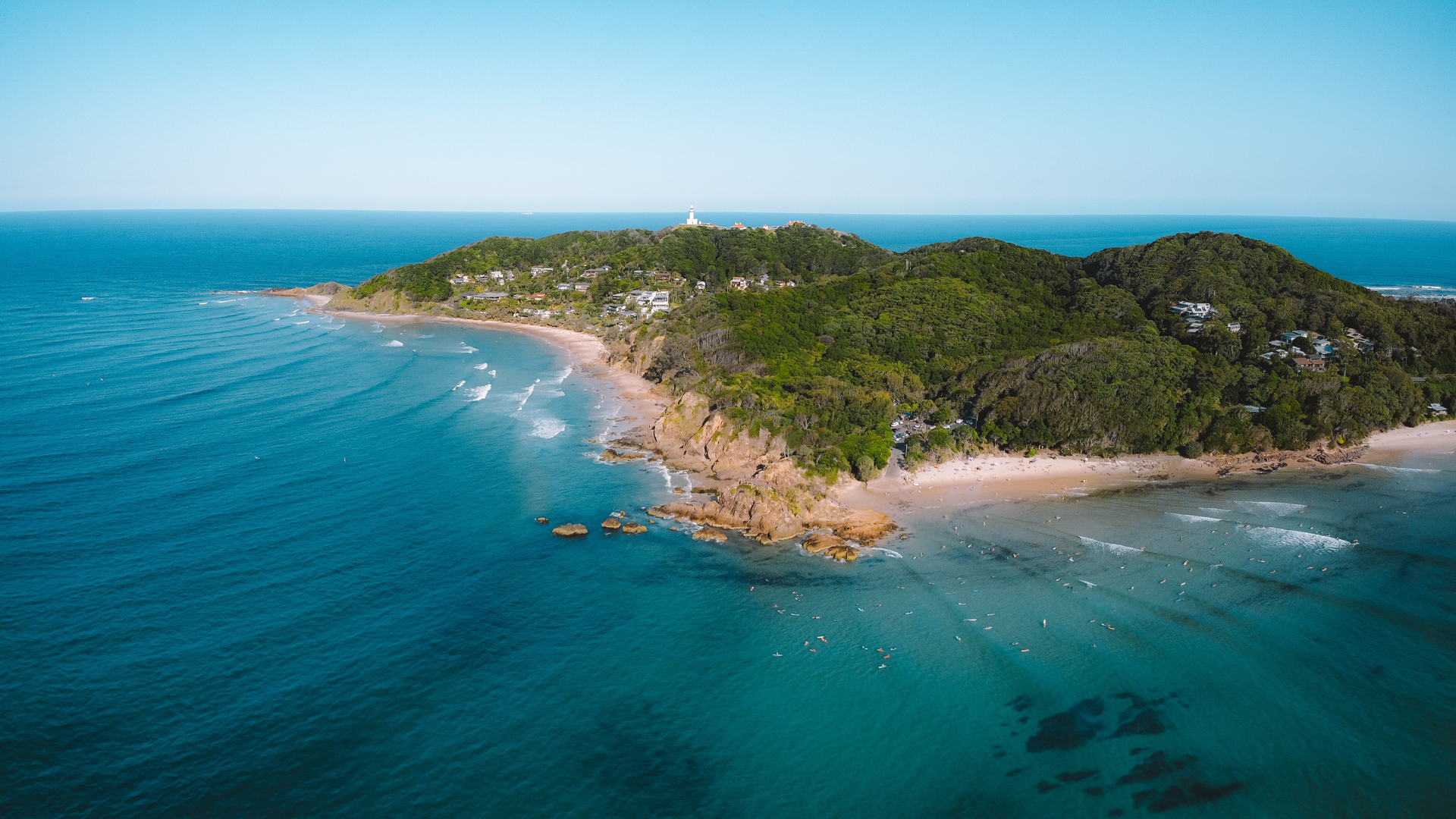It is estimated that the world population will reach 9 billion by 2050 and the use and demand for natural resources will continue to increase, predominantly in urban areas. The larger the city, the higher the risk of environmental damage, water scarcity, overcrowding and air quality issues. For the most part, architects, interior and industrial designers now strive to develop projects which utilise sustainable materials, minimise carbon footprint and maximise energy efficiency. Our industry is a crucial driving force behind the change in how we build and decorate the future.
Quality is always sustainable.
Thomas Sandell
LUXURY SUSTAINABILITY
In the past, the use of words such as ‘sustainable’, ‘recycled’, ‘green’, conjured images of rough, unrefined, and somewhat inferior looking materials, products and projects. The rise of luxury developments with a commitment to minimising environmental impact has redefined the concept of sustainable, or green architecture. Similarly, luxury product manufacturers using raw materials, which are ethically and responsibly sourced, have reinforced the notion that this approach is not indicative of style or quality, but merely our responsibility as an industry.
In both building, and manufacturing we have embraced a commitment to conservation of energy, efficient use of resources, and minimising waste and emissions. Designing buildings and products socially and environmentally responsibly, with an emphasis on health and human experience, in turn promotes green lifestyle and consumerism. The resulting community awareness and demand, will ensure that sustainability and luxury continue to coexist.
Here are some of our favourite luxurious and ‘green’ projects…
- ParkRoyal on Pickering, Singapore (WOHA),
- Elwood House in Melbourne, Australia (Hecker Guthrie and Woods Bagot)
- Saffire Freycinet, Tasmania, Australia (Chada)
 RESPONSIBLE USE OF RESOURCES
RESPONSIBLE USE OF RESOURCES
Whilst sustainable design has become a mainstream principal over the past 10 years or so, apaiser’s commitment to responsibly sourced raw materials and environmentally sensitive production process have been a core part of our brand DNA since our conception over 20 years ago. Our ideology has paved the way for the stone bathware industry in general, with many other manufacturers seeking to replicate a similar approach.
Our signature
apaiserMARBLE is a product of reclaimed marble, sourced close to our atelier from the marble industry, which would otherwise contribute to land fill. Our freestanding baths and basins are handcrafted with minimal mechanisation. Recycled water is used to facilitate our finishing process and our atelier has been designed with specialised air filtration and internal water and waste management systems in place. In all phases of our design and manufacturing process we strive to keep consistently low environmental impact and minimise our carbon footprint.
As an Australian brand, there is no question that the desire to preserve this beautiful country, the home of apaiser bath couture, inspired us to create the original marble stone freestanding baths with a sustainable approach.
 DESIGN TO LAST
DESIGN TO LAST
One of the more interesting shifts in the industry is a focus on quality and durability. In such a fast paced, era of disposable consumerism, there is a definite swing toward designing and producing products built to last. This desire for longevity, driven by a reluctance to consume and discard, further fuels this idea of sustainable luxury.
Happily, this means that customers take more care in researching and investing in materials and products which are designed to last, rather than the poorly produced reproduction products so prevalent in our industry these days.
 THE HUMAN ELEMENT
THE HUMAN ELEMENT
What drives the need to develop buildings and products that are committed to preserving our environment?
Us – it’s why our industry exits.
We now realise that good design can improve quality of life, and minimise potential risks to our health – be it toxicity, poor air quality, stress. We consider ergonomics, community spaces and nature as integral to our surroundings. We have a responsibility to design buildings and products that contribute socially and environmentally to our world.
At apaiser, we continue to avoid over mechanisation so we can employ local artisans, creating employment opportunities within the local community. Our atelier is designed to minimise impact on the surrounding environment. We provide a safe working environment for our master craftsmen and adhere strictly to local environmental laws. Our pieces are wet sanded in air circulated rooms, and our material contains no added silica filler, reducing the risk to our employees of developing airborne dust related diseases such as silicosis*. apaiser bathware contains minimal man-made ingredients, is non-toxic and free from VOC’s, so our clients can enjoy a healthy, natural and sustainable – guilt free soak in a beautiful, luxurious bath.
Find out more about our creative process of Bath Couture, connect with our global project teams or book an individual appointment with our consultants in the Melbourne and Singapore showroom.
@apaiserbathware
 RESPONSIBLE USE OF RESOURCES
Whilst sustainable design has become a mainstream principal over the past 10 years or so, apaiser’s commitment to responsibly sourced raw materials and environmentally sensitive production process have been a core part of our brand DNA since our conception over 20 years ago. Our ideology has paved the way for the stone bathware industry in general, with many other manufacturers seeking to replicate a similar approach.
Our signature apaiserMARBLE is a product of reclaimed marble, sourced close to our atelier from the marble industry, which would otherwise contribute to land fill. Our freestanding baths and basins are handcrafted with minimal mechanisation. Recycled water is used to facilitate our finishing process and our atelier has been designed with specialised air filtration and internal water and waste management systems in place. In all phases of our design and manufacturing process we strive to keep consistently low environmental impact and minimise our carbon footprint.
As an Australian brand, there is no question that the desire to preserve this beautiful country, the home of apaiser bath couture, inspired us to create the original marble stone freestanding baths with a sustainable approach.
RESPONSIBLE USE OF RESOURCES
Whilst sustainable design has become a mainstream principal over the past 10 years or so, apaiser’s commitment to responsibly sourced raw materials and environmentally sensitive production process have been a core part of our brand DNA since our conception over 20 years ago. Our ideology has paved the way for the stone bathware industry in general, with many other manufacturers seeking to replicate a similar approach.
Our signature apaiserMARBLE is a product of reclaimed marble, sourced close to our atelier from the marble industry, which would otherwise contribute to land fill. Our freestanding baths and basins are handcrafted with minimal mechanisation. Recycled water is used to facilitate our finishing process and our atelier has been designed with specialised air filtration and internal water and waste management systems in place. In all phases of our design and manufacturing process we strive to keep consistently low environmental impact and minimise our carbon footprint.
As an Australian brand, there is no question that the desire to preserve this beautiful country, the home of apaiser bath couture, inspired us to create the original marble stone freestanding baths with a sustainable approach.
 DESIGN TO LAST
One of the more interesting shifts in the industry is a focus on quality and durability. In such a fast paced, era of disposable consumerism, there is a definite swing toward designing and producing products built to last. This desire for longevity, driven by a reluctance to consume and discard, further fuels this idea of sustainable luxury.
Happily, this means that customers take more care in researching and investing in materials and products which are designed to last, rather than the poorly produced reproduction products so prevalent in our industry these days.
DESIGN TO LAST
One of the more interesting shifts in the industry is a focus on quality and durability. In such a fast paced, era of disposable consumerism, there is a definite swing toward designing and producing products built to last. This desire for longevity, driven by a reluctance to consume and discard, further fuels this idea of sustainable luxury.
Happily, this means that customers take more care in researching and investing in materials and products which are designed to last, rather than the poorly produced reproduction products so prevalent in our industry these days.
 THE HUMAN ELEMENT
What drives the need to develop buildings and products that are committed to preserving our environment?
Us – it’s why our industry exits.
We now realise that good design can improve quality of life, and minimise potential risks to our health – be it toxicity, poor air quality, stress. We consider ergonomics, community spaces and nature as integral to our surroundings. We have a responsibility to design buildings and products that contribute socially and environmentally to our world.
At apaiser, we continue to avoid over mechanisation so we can employ local artisans, creating employment opportunities within the local community. Our atelier is designed to minimise impact on the surrounding environment. We provide a safe working environment for our master craftsmen and adhere strictly to local environmental laws. Our pieces are wet sanded in air circulated rooms, and our material contains no added silica filler, reducing the risk to our employees of developing airborne dust related diseases such as silicosis*. apaiser bathware contains minimal man-made ingredients, is non-toxic and free from VOC’s, so our clients can enjoy a healthy, natural and sustainable – guilt free soak in a beautiful, luxurious bath.
Find out more about our creative process of Bath Couture, connect with our global project teams or book an individual appointment with our consultants in the Melbourne and Singapore showroom.
@apaiserbathware
THE HUMAN ELEMENT
What drives the need to develop buildings and products that are committed to preserving our environment?
Us – it’s why our industry exits.
We now realise that good design can improve quality of life, and minimise potential risks to our health – be it toxicity, poor air quality, stress. We consider ergonomics, community spaces and nature as integral to our surroundings. We have a responsibility to design buildings and products that contribute socially and environmentally to our world.
At apaiser, we continue to avoid over mechanisation so we can employ local artisans, creating employment opportunities within the local community. Our atelier is designed to minimise impact on the surrounding environment. We provide a safe working environment for our master craftsmen and adhere strictly to local environmental laws. Our pieces are wet sanded in air circulated rooms, and our material contains no added silica filler, reducing the risk to our employees of developing airborne dust related diseases such as silicosis*. apaiser bathware contains minimal man-made ingredients, is non-toxic and free from VOC’s, so our clients can enjoy a healthy, natural and sustainable – guilt free soak in a beautiful, luxurious bath.
Find out more about our creative process of Bath Couture, connect with our global project teams or book an individual appointment with our consultants in the Melbourne and Singapore showroom.
@apaiserbathware





